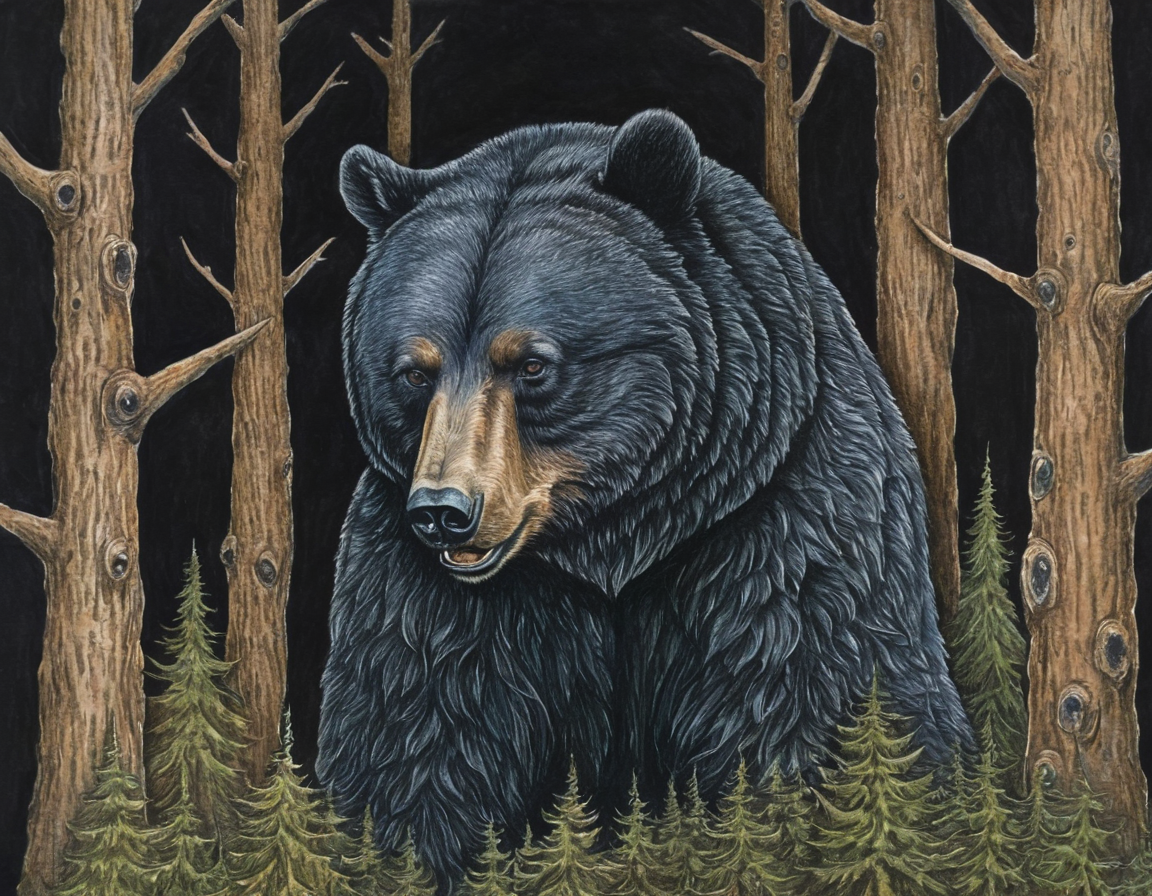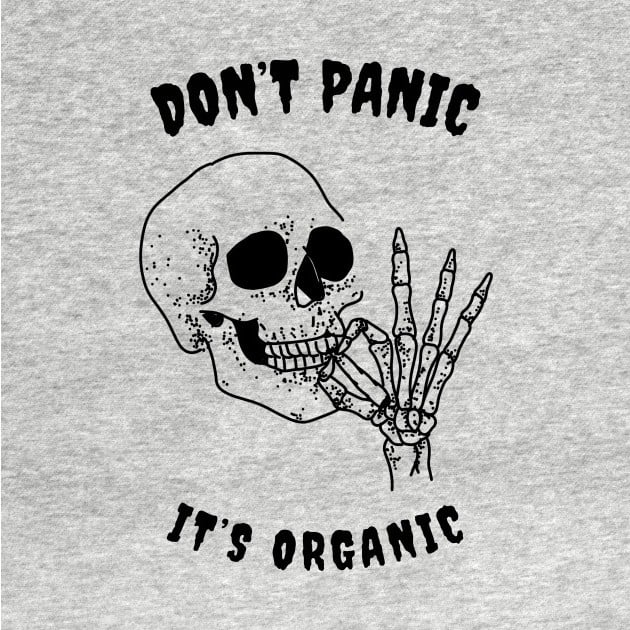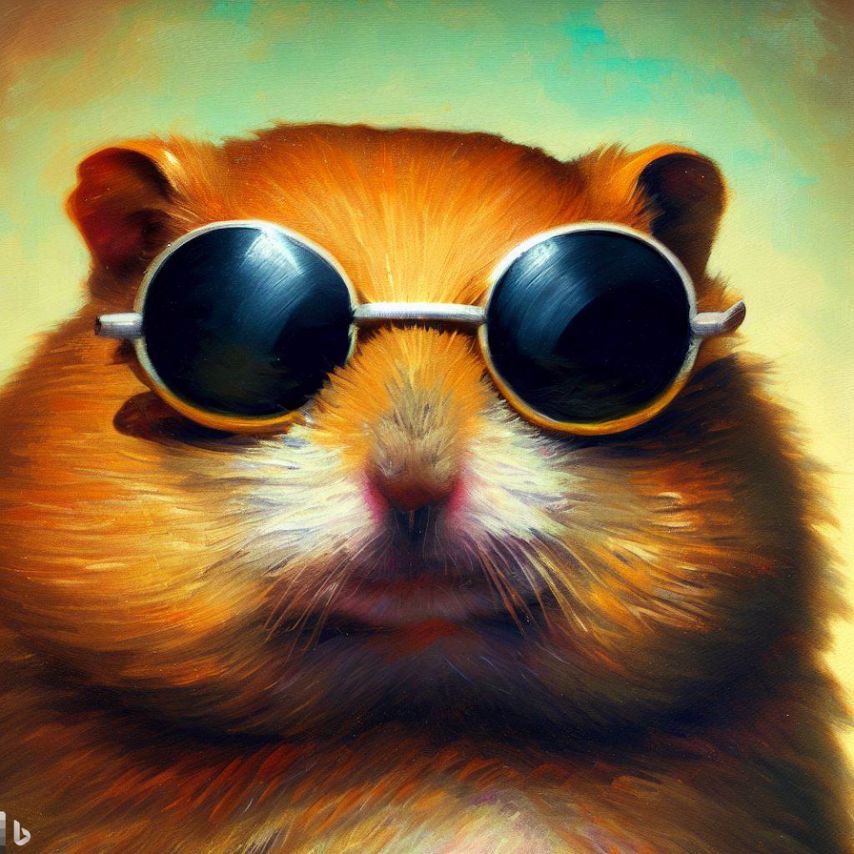- cross-posted to:
- [email protected]
- cross-posted to:
- [email protected]
aesthetically pleasing
???
Putting green lawns are boring.
So… there’s now a trend, at least in the city… of people putting out astroturf or… even cheaper… forms of fake grass. like. EWW.
At least they aren’t mowing the grass weekly? It’s something, though I’m not sure if that’s a net positive in the end.
No water needed, either.
Oh… no…They have to wash it,
Sure, if you care about propagating the local fauna in an urban area you have many beautiful visitors. Rats and the native insects on their back. The feral street cat is next to populate this urban green space, oh and lets not forget the cockroach. Native to all densely populated towns, they can be placed on full display for the urbanites to appreciate the aesthetic that their host provides.
“wasteland” is a bit strong. Non-native grass is not ideal, but we could do far worse. Good on you for improving your land. Let’s not force everyone to be perfect, as many will just give up.
I think the focus on perfection leads to poor mental models and outcomes.
You’re correct, but the north American concept of a “well kept yard” being two random trees and a bunch of freshly trimmed grass is absolutely horrendous. Beats an actual wasteland, but when most of your neighborhoods have rules that enforce this way of doing things it’s a lot of wasted potential and does bring ecological consequences.
Again, while not ideal, actually living backyards with several native species could act as a local metapopulation model, with sources and sinks across the different houses.
This is something that people could and should take seriously and make active efforts to change. You already have the space, you’re just not using it correctly.
How do you mean sources and sinks?
Imagine you have a large circular area of native forest. All the populations living there are essentially homogenous, some species might form small groups but overall they can all interact directly, share the same resources, and mix genetic information.
Now humans come in, and instead of one continuous piece of land, you have segments of native forest surrounded by roads or semi-urban pathways. You can then imagine the populations as segmented bubbles.
This model of bubbles of native land surrounded by human landmarks is a tool ecology can use to predict how populations develop and interact. There are a lot of different permutations depending on size, biome, types of obstacles, and so on. But one of the most basic analysis you can do is detect bubbles that act as “sources” and bubbles that act as “drains” or “sinks”. A source is a bubble with an excess of individuals, those are likely to cross the obstacles in their way and find themselves into other bubbles, supplying new individuals. Drains are bubbles where due to insufficient numbers, human activity or other factors, a species can’t sustain a good number of individuals by themselves - they need immigrants from other bubbles.
This dynamic between sources providing new individuals and drains is fundamental for a metapopulation to exist even when the area is severely degraded by human activity. Imagine your well kept backyard providing bees to your neighbor with a sub-optimal one, for instance. This new metapopulation of bees is stable, even though the environment isn’t ideal.
Focus on perfection? It’s harder to maintain an ugly cut grass lawn than to just let it go wild and plant some native grasses/plants to overtake it.
I really hard to play ball or have other activities on a non grass surface and many people particularly enjoy the look of a nice cut lawn. Both can coexist.
Ya, grass isn’t inherently a bad thing. A lawn where I live in some serious desert is grotesquely wasteful, an appreciated lawn in other regions not so bad.
It’s not the grass, it’s capitalism. It’s the eradication of native species for profit, and the spreading of fossil fuel derived fertilizers and poisons to support conspicuous consumption (real-estate values, golf, keeping up with the Joness, etc) that is problematic.
Except most grass, especially border areas like front lawns and street medians as well as corporate-owned lawns like around a drive-thru or suburban offices, gets zero use. It’s one thing to have a dedicated play area in a yard or park that’s cut grass; it’s another thing to have the entire property as cut grass.
Everyone in my neighborhood has large cut grass lawns. There’s mostly retired folks here are very few children. I spend a lot of time outside yet can literally count on one hand the number of times I have seen people out in those yards for a purpose other than cutting the grass. If you’re not going to use it at least let the dandelions grow so the bees have something to eat!
And the fucking noise from lawnmowers and whipper snippers all day long.
I’d like to relax and read a book outside, on my messy lawn but all my neighbours do is come outside, make noise for a couple of hours and once they have a ‘perfect’ lawn they fucking go back inside.
Nah, manicured lawns can’t coexist with healthy ecosystems. They’re hugely wasteful in general. There are alternatives that are equally nice to run on like clover and many areas have their own soft ground cover that’s native. The best thing about native plants is that they’re almost always lower maintenance. It just doesn’t make sense to keep wasting water and other resources on lawns imo.
I recently let my garden grow wild and it’s crazy how many flowers came up on their own. Now I’ve got all kinds of little critters and birds I hardly ever see elsewhere. The only thing I pull are goat head weeds because fuck those things lmao
Really hard to play ball. Really is this the best defence for manicured lawns?
Have a picnic, play ball, participate in activities, or a plethora of other things. Pick one. If you don’t want a lawn, don’t have one. If you like play fetch with your dogs in weeds and flowers, you do you. As mentioned, both can exist. It happens all of the time.
deleted by creator
In my area, ticks and rodents would move in. Not great for the things I do in my yard.
Native Grass are great, in general and in some areas of my yard, but not everywhere.
Wow what a horrible comment to be at the top. There honestly isn’t much worse than an invasive plant monoculture. Like yah maybe it’s better than an asphalt park? But does the bar need to be on the floor? Thanks for detracting from the already difficult work of convincing people that invasive plants are detrimental.
Relevant username
It’s comments like yours that push me away from ever switching my lawn over. Your shitty attitude turns off more people that it convinces, and you’ve helped insure my lawn stays grass. Maybe think about your presentation if you want people to change rather than piss on someone making a reasonable statement.
You were never going to switch your lawn lol
I’ve already converted my lawn into a natural desert landscape, and even I think you’re being a douche.
Strong opinions push the discussion. If you don’t like it, I don’t care.
Sarcastic gratitude is not a strong opinion. It’s a weak argument, and does nothing to affect change in this world.
If you can’t figure out what the opinion was, that’s your own reading comprehension issue.
I’ve tossed around with clover lawns, partial wild flowers, a few garden beds, but fuck if I’m gonna put in any effort. Every year for the last few years now, I’ve cut back on any lawn work, whether watering, spraying, or whatever after buying my house. You don’t know me at all, but now you can know that you specifically are the reason that at least this parcel of land stays grass.
lol
“I’m not a bigot; I used to be a liberal but then some strangers said mean things to me on the Internet so now I’m conservative”
This is what you sound like.
I agree with you. This guy is a hypercritical lawn supremacist prick.
I never said anything about lawns. Neither does this meme.
Honestly, I am more concerned with our native grasslands which have been replaced by monocultures to support cattle industry. I’m not a huge fan of lawns either, but I care most deeply about our grasslands. However, native lawns can absolutely make a huge difference by supporting native pollinators and also by promoting botanical literacy. I suspect most people can’t name one native grass, let alone tell the differences between them.
The fact that everyone interpreted this to be about their own lawns is interesting to me, and speaks to the ignorance people have around grass in general. Everyone here seems to assume grass=lawn turf.
deleted by creator
Some internet group just up and took issue with agriculture. I mean yeah we gotta improve our future and society, but I always go back to a simple sentiment. It’s only a relavant issue if it can show up in a video game. So basically the character mechanics we’re looking for is a -12 Agility score combined with a religous zeal for unteathering from technology while on life support.
I planted a bunch of native prairie on my property just yesterday ☺️ feels good!
Is there a way to have more native plants growing without increasing ticks? I just bought a house and have a couple areas it would be great to not have to maintain, but I have dogs and don’t wanna have to worry about ticks.
You’ll have to decide which plants are native to your area, but there are certainly plants that ticks don’t like.
While ticks are not insects, the whole point is to make the area more liveable for many local animals. I don’t think you can exclude ticks from that.
Maybe you can lightly fence off some areas so the dogs don’t go there.
Watch me
Fighting for equal rights, also for my tick brothers!!!
Good thing I didn’t call them insects then. Unfortunately fences won’t stop ticks as they jump and ticks won’t respect the boundary.
So you put up a fence to keep dogs out? Or to keep mother nature in?
Get more native plants. Take rid of dogs. Get chickens.
I live in a small unit that had dusty ultra-compacted dirt around the house that was called a lawn. I broke the soil with a hoe, threw a few bags of soil mix down and planted some moss I harvested growing wild down the laneway. 2 years later the ground is mostly covered in a spongey moss. Give it a few more years it’ll be completely covered and thick.
It requires virtually no mowing and needs little water. Apparently growing moss is even good for air and ground water purification. Not sure how much purifying it’s doing but it’s good to know I’m doing my little part.
If you have a small yard, grow moss.
That’s cool!
I’m seeding an empty lot with native perennials but it’s pretty clear that two or three invasive species are beating them out.
Please, don’t forget about the local native grasses. Not every grass is evil grass!
This issue of wild growth lawns really has to dissolve down two points. Geography being one. Arid grassland terrain where, (guess what) grass grows would make ideal space for this experiment; but, the nightmarish undergrowth that natively springs forth from swampy or forested climes would need to be cultivated out anyways or else you would create blight. Vines can be rustic and cute, but they will swallow a house where I’m at whole. And my second point is the area that these people would seed with natural grass would need to be very large and spaced away from neighboring grass. Herb next door in your cul-de-sac doesn’t appreciate the encroachment on his turf.
But… Grass IS native?
Not unless you’re European. Bluegrass (despite having a species named after Kentucky), fescue, bermudagrass (which is an invasive species in Bermuda, BTW), etc. all come from Europe.
Kentucky was named the Bluegrass State because it was so invasive that when settlers came into the area, they found the whole state carpeted in it.
Ironically they’ve just about killed it all. You’re more likely to find bluegrass in WV or PA than KY these days.
I’m European. Grass is everywhere and it just grows on its own.
There are different species of grass. Many, many different species. And there are non-native grasses in Europe.
ಠ_ಠ
Alright, you’ve gotten away with it this time—but you’re on thin ice!
So there is no grass in natural environments in America? Then what grows on the ground there?
There are plenty of native grasses that exist, but they are largely overtaken by invasives.
They’re also not very suitable for manicured lawns (as opposed to meadows or praries), which is why we imported the European grasses in the first place.
It depends on the variety of grass. There are some low growing ones that are well suited for lawns. The main argument for the European ones is that they take hold and spread much more readily, because they are invasive.
So there is no grass in natural environments in America?
Not turf grass that can survive being mowed to 2" high, no. All our native North American grasses either grow in clumps (e.g. crabgrass) or need to be more than a foot tall.
Also, the natural environment in the eastern half of the US (where most of the population lives) is pretty much 100% forest.
There are native grasses that can be kept as maintained lawns, such as blue grama (although the recommendation is to cut it a little taller, 3-4"). It’s not going to be emerald green like Kentucky blue, however if you live in a dry area with watering restrictions your lawn will be the greenest on the block for sure!
-
That entire page makes no mention of blue grama being resistant to foot traffic, which is half the point of a lawn and therefore an important requirement for turf grass. The omission (in combination with it being mentioned as slow-growing) makes me suspect the worst.
-
It mentions that you’re supposed to be careful not to over water it, but also that you need to water it more often in order for it to form a uniform turf instead of growing in clumps. Sounds kinda fiddly to me.
-
deleted by creator
There are native grasses, obviously, but I suspect this meme is talking about extremely invasive annual grasses.
Grass is a type of plant. Bamboo is a grass, you wouldn’t say it’s native to the US or to Europe
Actually some bamboo is native to the Americas.
Is cane actually bamboo? I thought it was more like sugar
Huh, TIL. I stand corrected, I guess.
I suppose I assumed cane and sugar cane were more closely related and I already knew sugar cane wasn’t bamboo.
I only learned about US bamboo last year.
But grass IS native! That’s the point. Be it bamboo or whatever.
That’s not how it works. Grass isn’t just one thing. It’s a general term for a lot of different plants that may or may not be native.
Do you understand the English language?
Okay but it’s a pointless sentence that means very little.
No, bamboo would not be native to Europe. That’s like saying “There are rats in Europe. Therefore rodents are native to Europe. Therefore Capybaras are native to Europe”.
Capybaras aren’t?
Yes that’s my point. And bamboo isn’t native to Europe either.
Do you understand the English language?
I’m getting the feeling that you dont.
Almost everywhere on earth has a species of grass that is native to it.
The species of grass typically used for North American lawns, isnt native to North America.
Yeah, go back to school.
Sure. You first.
"Poa pratensis commonly known as Kentucky bluegrass (…) [is a] species of grass native to practically all of Europe, North Asia and the mountains of Algeria and Morocco. It is a common and incredibly popular lawn grass in North America (…) despite the fact that it is not native to North America. (…)When found on native grasslands in Canada, for example, it is considered an unwelcome exotic plant, and is indicative of a disturbed and degraded landscape."
Edit: See also - https://www.ncbi.nlm.nih.gov/pmc/articles/PMC8074375/










